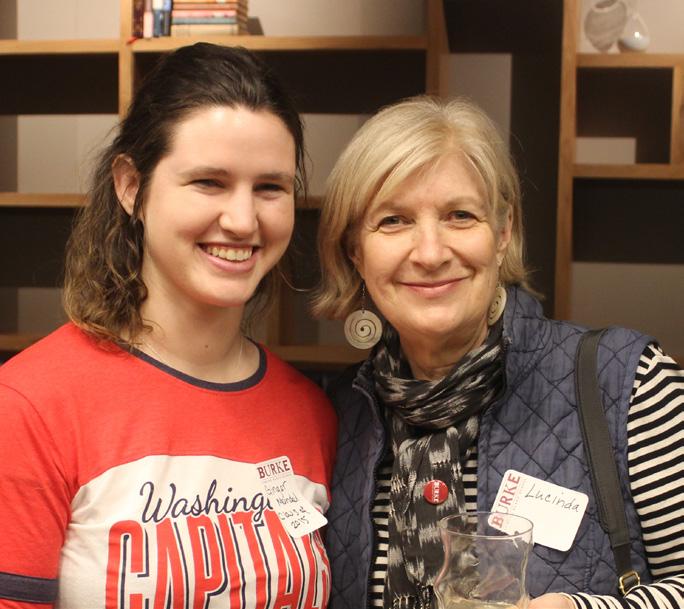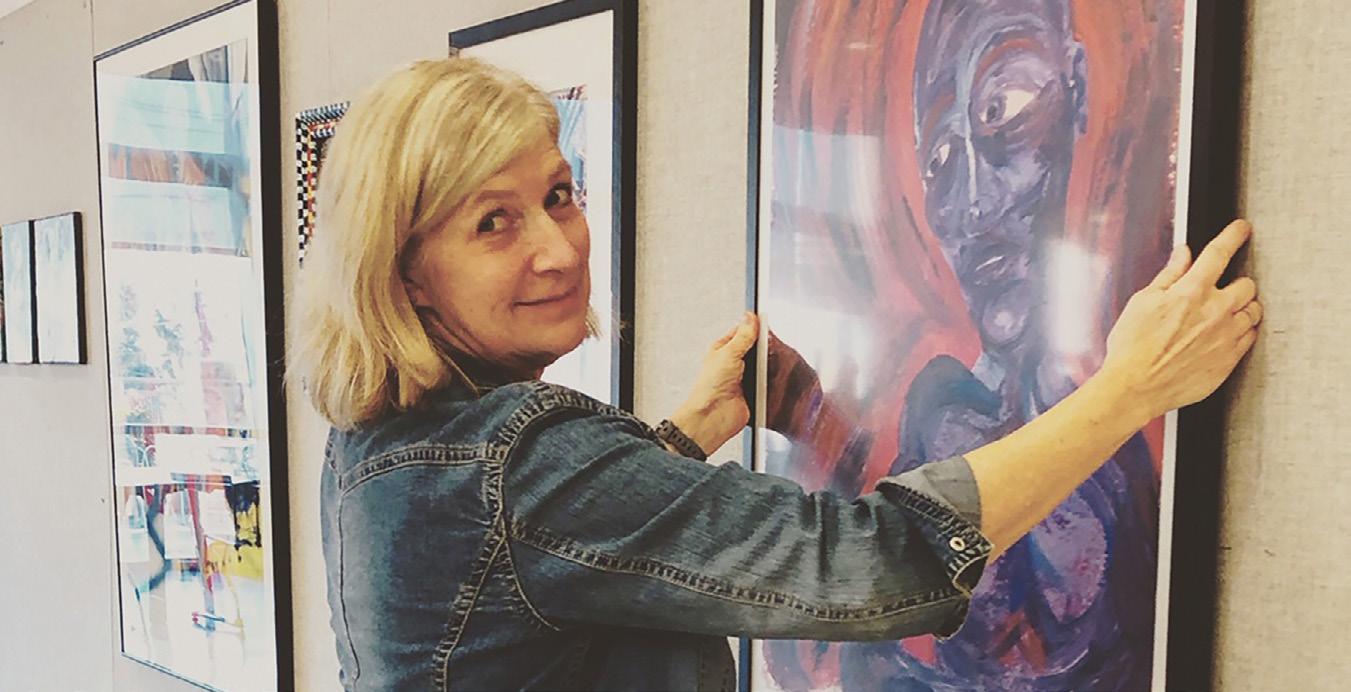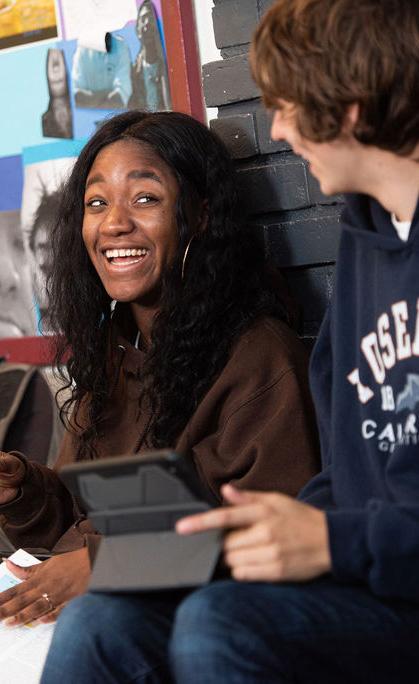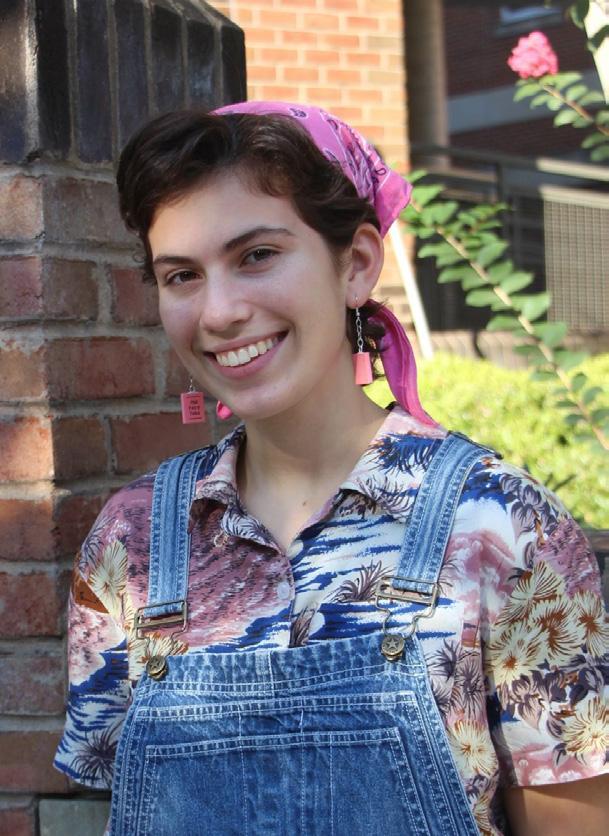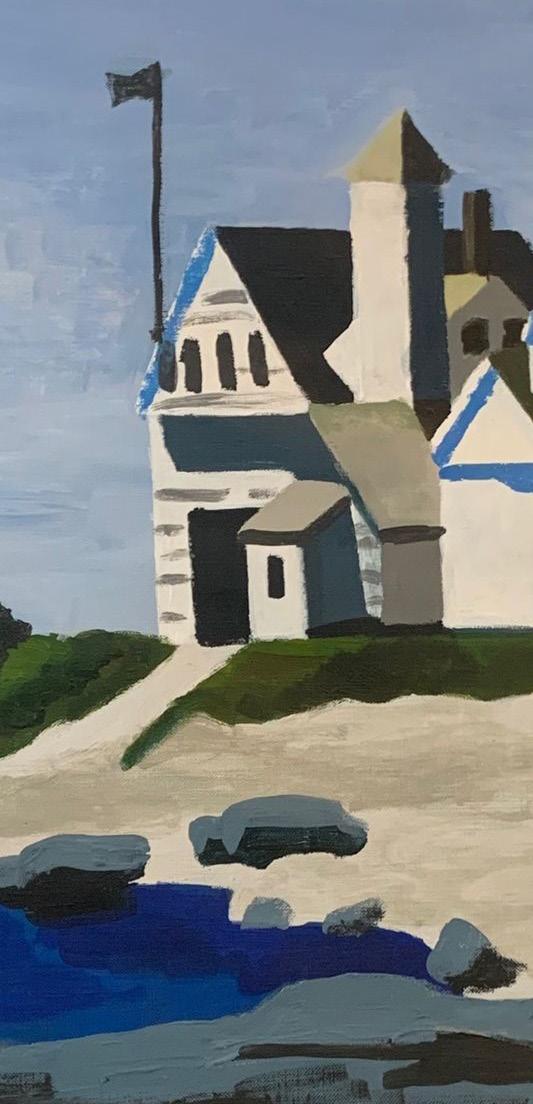
2 minute read
Connect With Burke
C O N N E C T W I T H B U R K E A Look Into Remote Learning in Spring 2020
As a small independent school, we have the freedom to learn, adapt, and improve as we go; to be responsive to student and family feedback; to design assessments that are not traditional tests; and to keep in close touch with each individual student. These attributes served us well as we reimagined the spring trimester from a distance.
Advertisement
In rapidly adapting curricula to the realities of a global pandemic, Burke faculty’s approaches were as varied and creative as you might expect...
Drawing Figures
In transitioning from the lab to the laptop, Bob K. (Science, Department Chair) completed the upcoming lab activities himself and filmed the process from his empty classroom – starting with how to use the Ideal Gas Law to complete stoichiometry problems. Chemistry students could then watch the lab on YouTube, download the data, and analyze it from home. Wondering how to find the mass of magnesium without an electronic balance? Follow along with Bob K. on YouTube. In this spring course in figure drawing, experienced art students develop fundamental technical skills through perceptual, observational, and theoretical approaches.
However, can you draw from a live model without a “live” class? Isabel M. (Visual Arts) made it happen. Students all gathered on Google Meet,
Reorienting Chemistry
sketched together, and held their work up to the camera at the end.
Arranging Music
This spring, in John H.’s (Performing Arts) Intermediate Instrumental Music class, students studied the chord progression and the scale modes of Pachelbel's Canon. A counterpointbased technique, the canon employs one melody, succeeded by at least one repetition. Turn up the volume and enjoy the music from Lena S. '22, Miles T. '22, and Wes C. '22.
Landscaping with Legos
In Kelly W.’s (Science) 6th grade class, the hands-on work continued, even from afar. During one synchronous class, each student built a miniature "lego landscape," then drew a simple topographic map and shared the results. This hands-on activity spun into work with real maps of the District and discussions of watersheds.
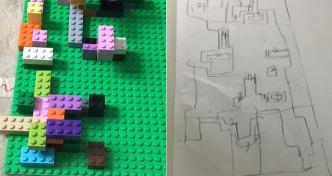
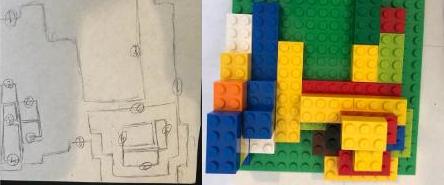
Sharing Poetry
After moving her 11th Grade American Literature course online, Sarah S. (English) continue to delve into Claude McKay’s “If We Must Die” (1919) during the unit on Resistance and Change – thanks to some screen-sharing to highlight and discuss specific elements.
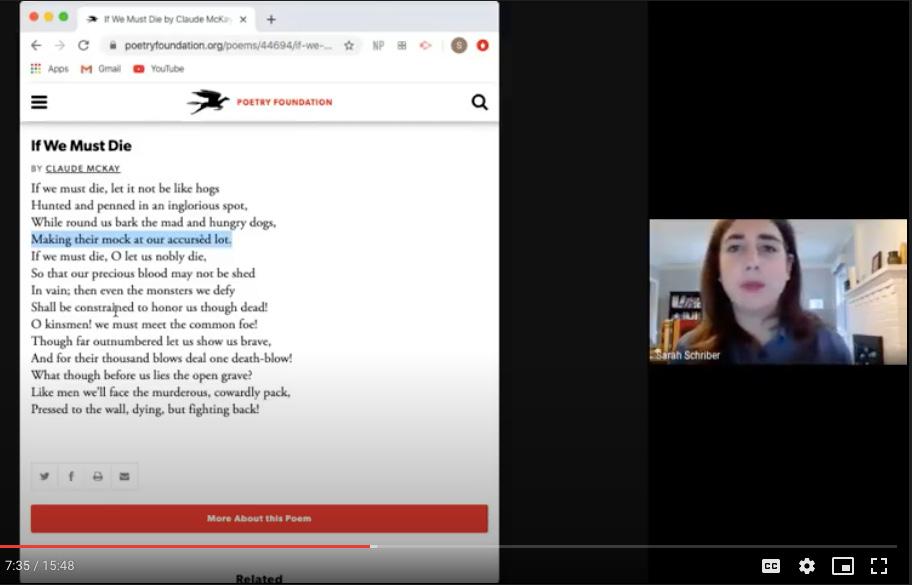
Suggesting the Subjunctive
In Mónica V.’s (World Language) Spanish 4 class, students practiced the subjunctive mood by giving advice to their classmates: filming videos about building community remotely and staying positive during these tough days.
They also crafted "survival manuals" with images and drawings. Suggestions included a space to share music or jokes. Damian was swiftly recruited to provide a few groan-worthy knock-knock jokes for our digital morning announcements. They also advised classmates to focus on the positive, not panic, and reach out to friends.


